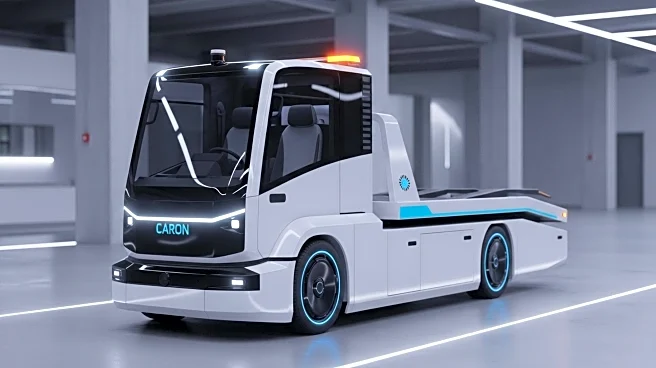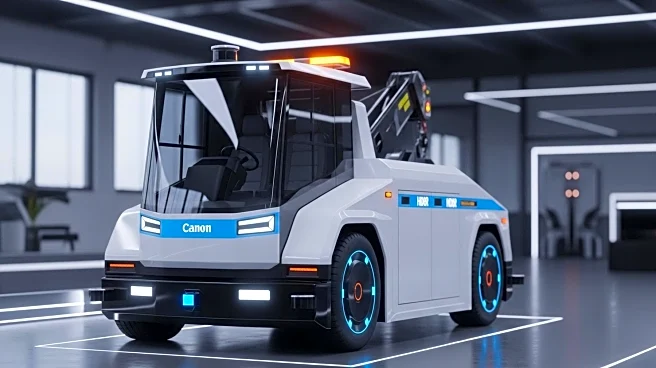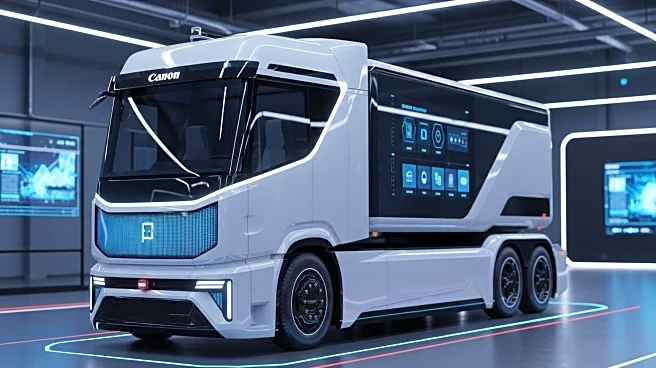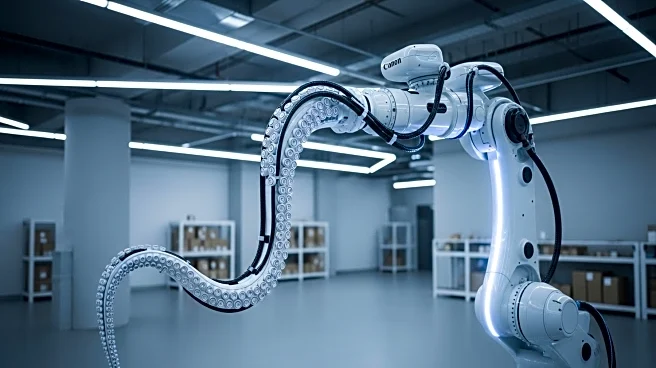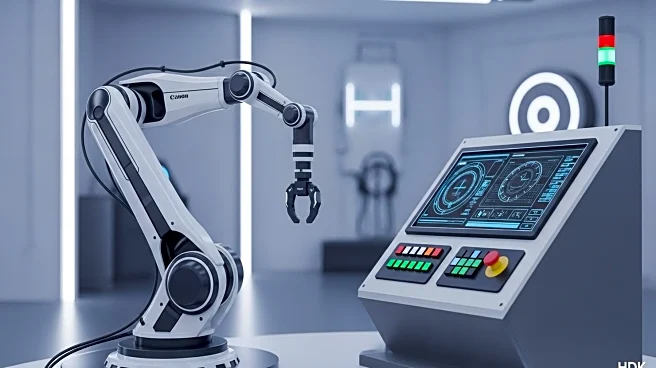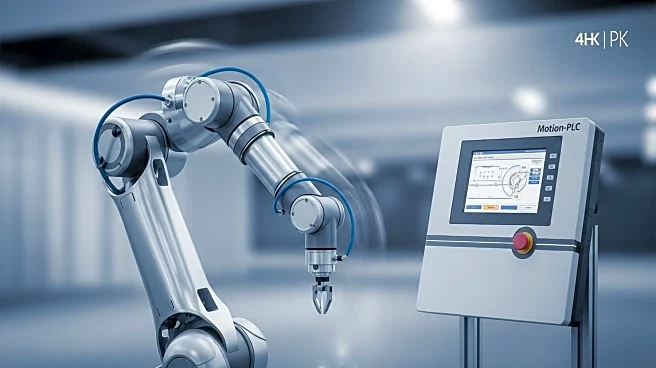What's Happening?
Autonomous vehicle technology company Oxa has launched the Bradshaw T800, an electric tow tractor equipped with self-driving capabilities. The T800 is designed to operate in complex environments, capable of towing up to eight tonnes. It aims to provide a safe, efficient, and scalable solution for ground logistics, addressing labor shortages in the logistics and manufacturing sectors. The vehicle can function both indoors and outdoors, day or night, across various settings such as airports, warehouses, manufacturing plants, distribution centers, and campuses. Key features include fire safety integration, which allows the vehicle to move away from danger zones during alarms, and dynamic zone management, enabling operators to control speed limits and restricted areas. The T800 offers operational flexibility, allowing fleets to switch between autonomous and manual driving, with remote monitoring capabilities for overseeing multiple vehicles from any location.
Why It's Important?
The introduction of the Bradshaw T800 by Oxa represents a significant advancement in industrial mobility, particularly in addressing labor shortages and the demand for more efficient and sustainable operations. By integrating cutting-edge autonomy software with a robust vehicle platform, the T800 offers a transformative solution for industries heavily reliant on logistics and manufacturing. This development could lead to increased productivity and safety in these sectors, potentially reducing operational costs and enhancing supply chain efficiency. The ability to operate autonomously in various environments also positions the T800 as a versatile tool for businesses looking to modernize their logistics operations.
What's Next?
As the T800 begins to be implemented in various industrial settings, stakeholders will likely monitor its performance and impact on operational efficiency and labor dynamics. The success of the T800 could encourage further investment in autonomous vehicle technology, prompting other companies to explore similar innovations. Additionally, regulatory bodies may need to consider new guidelines and standards to ensure the safe integration of autonomous vehicles in public and private spaces.


